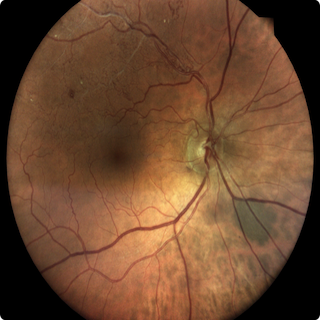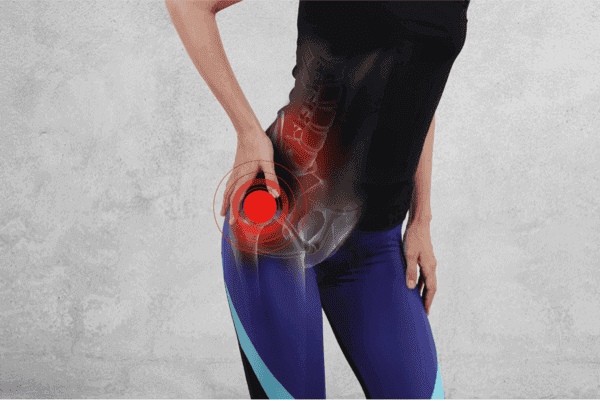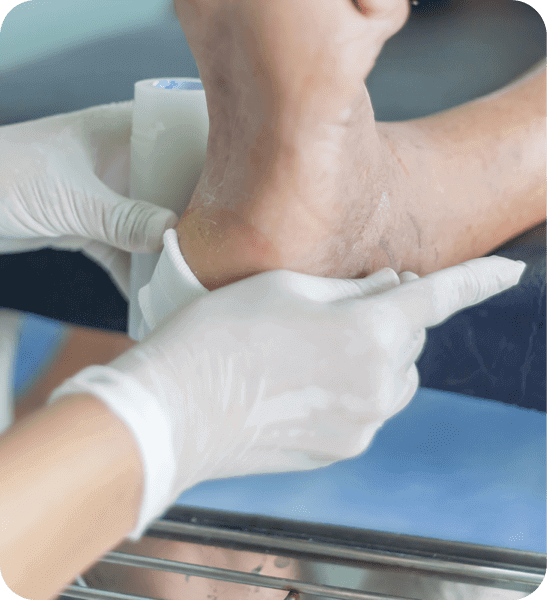Hyperbaric Oxygen Treats Central Retinal Artery Occlusion

How Hyperbarics Helps
Delivers concentrated oxygen directly to the retina and retinal artery, facilitating recovery from occlusions by enhancing cellular repair.
Enhances ocular blood circulation, improving nutrient and oxygen delivery to compromised tissues.
Mitigates inflammation that can constrict retinal arteries, alleviating pressure and promoting vascular function.

Stimulates angiogenesis, encouraging the formation of new blood vessels to support long-term retinal health.
What the Research Says
HBOT provides targeted oxygen delivery to enhance retinal healing
In CRAO cases, hyperbaric oxygen therapy provides concentrated oxygen under pressure, effectively enhancing oxygen supply to the retina, circumventing the obstructed artery, and fostering tissue survival. Additionally, heightened oxygen levels stimulate the development of new blood vessels, facilitating the restoration of blood flow and minimizing further damage. Furthermore, hyperbaric oxygen therapy aids in reducing inflammation within the retina, a normal response to tissue injury that, when excessive, can impede healing and exacerbate damage. By diminishing the production of inflammatory cytokines and promoting the release of anti-inflammatory mediators, hyperbaric oxygen therapy helps alleviate tissue damage and fosters healing in cases of CRAO.
Moreover, hyperbaric oxygen therapy encourages neovascularization, the growth of new blood vessels in the retina essential for tissue repair. It does so by activating hypoxia-inducible factors (HIFs), proteins crucial for regulating blood vessel formation. By promoting neovascularization, hyperbaric oxygen therapy facilitates the restoration of blood flow and enhances tissue repair in cases of CRAO.
Supported by numerous clinical studies, hyperbaric oxygen therapy has demonstrated its safety and efficacy in treating CRAO. Recent research has shown significant improvements in visual acuity and reduced risks of severe complications such as neovascular glaucoma. Swift action is imperative if one experiences CRAO, as timely intervention greatly improves the chances of successful treatment outcomes. Therefore, seeking immediate medical attention, requesting hyperbaric oxygen therapy, and prioritizing prompt treatment are crucial steps in addressing CRAO effectively.
Research Studies
Hyperbaric oxygen therapy for combined branch retinal artery and branch retinal vein occlusion
Hyperbaric oxygen therapy for combined branch retinal artery and branch retinal vein occlusion
Hyperbaric oxygen therapy for non-arteritic central retinal artery occlusion: efficacy of combined treatment with anterior chamber paracentesis
Hyperbaric oxygen therapy for non-arteritic central retinal artery occlusion: efficacy of combined treatment with anterior chamber paracentesis
Hyperbaric Oxygen Therapy in Retinal Arterial Occlusion: Epidemiology, Clinical Approach, and Visual Outcomes
Hyperbaric Oxygen Therapy in Retinal Arterial Occlusion: Epidemiology, Clinical Approach, and Visual Outcomes
Patient Experiences
-

Lisa, 44
After seven years of suffering, hyperbaric oxygen therapy healed her osteomyelitis.
Lisa St John, the clinic director for Bay Area Hyperbarics, had chronic refractory osteomyelitis that lasted seven years with no relief. The infection induced severe fatigue and cognitive impairment that prevented her from working, and required her to sleep up to 18 hours per day. Finally, a physician recommended hyperbaric oxygen therapy with antibiotics, which after 60 treatments, healed her. Shortly after being healed, she sold her home to begin her first hyperbaric oxygen therapy clinic, which she has owned for almost 25 years!
-

Jennifer, 68
Hyperbaric oxygen therapy eliminated the need for surgery to heal her bone infection.
Jennifer had osteomyelitis of the lower jaw (mandible), which proved difficult to heal. Her teeth were becoming loose, and her doctor thought she would need surgery. However, he prescribed hyperbaric oxygen therapy before the surgery, and after 60 treatments, her chronic refractory osteomyelitis healed completely, regrowing bone in her mandible. Jennifer was able to keep her teeth, and was able to return to her active lifestyle, hiking regularly with her husband.
Physicians: Refer a Patient
You Submit Your Patient’s Information
We Get Authorizations
Patient Starts HBOT

Related Articles
Research on Hyperbaric Oxygen Therapy
-
What is Hyperbaric Oxygen Therapy?
Hyperbaric oxygen therapy treats medical conditions with 100% oxygen in a pressurized hyperbaric chamber. The patient lies or sits in the chamber. The oxygen then saturates the plasma in the blood, allowing oxygen to easily flow throughout the body and reach even areas that are injured or diseased, which typically receive less oxygen. The mechanisms of hyperbaric oxygen therapy include stimulating and mobilizing stem cells, down-regulating inflammatory genes, up-regulating reproductive cells and stimulating DNA. HBOT also regrows tiny blood vessels, and stimulates the growth of new healthy cells in the brain, bones, skin, organs, and tissues. People seek hyperbaric oxygen therapy to heal physical damage in their bodies and to promoting health and anti-aging.
-
Does HBOT kill cancer cells?
Current research indicates that hyperbaric oxygen does not kill cancer cells. However, there has been a small amount of research indicating that hyperbaric oxygen might reduce the size of certain tumors. Also, there has been a study on mice using hyperbaric oxygen, along with a ketogenic diet, to reduce tumors. Hyperbaric oxygen causes many different healing modalities to kick into gear. Could its effect on strengthening the immune system inhibit the growth of cancer cells? Nobody knows. There are numerous studies conclusively showing that hyperbaric oxygen does not encourage cancer cells or tumors to grow. Some patients claim the hyperbaric oxygen makes them feel a lot more comfortable and functional after chemotherapy and also during healing. Note that some chemotherapy drugs are not to be used with hyperbaric oxygen, as the chemotherapy drugs can be enhanced and thus become toxic. A good hyperbaric oxygen facility (such as Bay Area Hyperbarics) will always call the chemotherapy manufacturer to ensure that hyperbaric oxygen therapy will be helpful and not damaging to the patient.
-
IWhat is the CPT code for HBOT?
The CPT code for HBOT is G0277.
-
Does Medicare cover HBOT?
Medicare covers Hyperbaric Oxygen Therapy for approved conditions, and many insurance companies also cover approved conditions. If your condition is not approved by your insurance, we can discuss our special rates. Give us a call at (408) 356–7438. We are happy to discuss your options with you.
-
Can HBOT help Neuropathy?
Hyperbaric treatments help heal neuropathy by regrowing small blood vessels and nerves that have died from disease, injuries from radiation and aging. Patients often experience numbness and or pain when they start treatment. Hyperbaric treatments most often bring back sensation and make, for example, walking easier and more enjoyable.
-
Why would a physician consider HBOT?
A physician would consider using hyperbaric chamber therapy under a variety of situations. Physicians most typically refer patients to hyperbarics when the patient is not healing with traditional medical interventions and hyperbaric chamber therapy is approved by Medicare for this condition. Some patients experience significant unresolved pain and unremitting disease states that the mechanisms of hyperbaric oxygen therapy in a hyperbaric chamber are known to affect, such as the down regulation of inflamatory genes. For an example, some patients have experienced severe, unremitting hives with itching, which did not improve with any specialists interventions. Some physicians will consider hyperbaric chamber therapy if the patient has no other good avenues for improving their failing health, and they know the hyperbaric chamber therapy is safe and will not harm the patient.
-
What is Hypebaric Oxygen Therapy?
Hyperbaric Oxygen Therapy (HBOT) Hyperbaric Oxygen Therapy (HB0T) is a medical treatment where you inhale 100% oxygen in a chamber with increased atmospheric pressure. HBOT injects 400x the oxygen into your tissues and bones and mobilizes stem cells. It regrows healthy tissues in the brain, blood vessels, skin and bones. It also reduces pain and swelling, and speeds recovery. It is simple, effective and painless.
Have more Questions?




